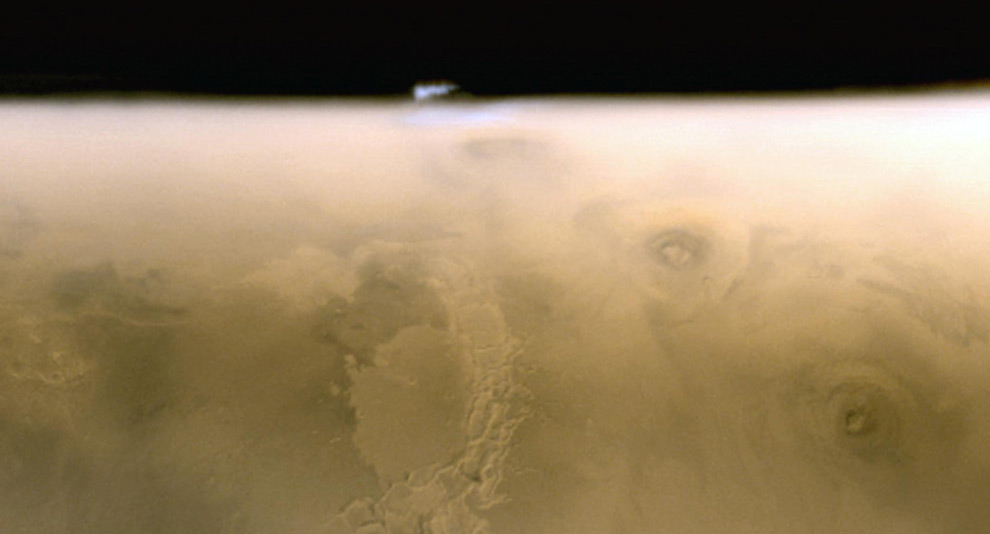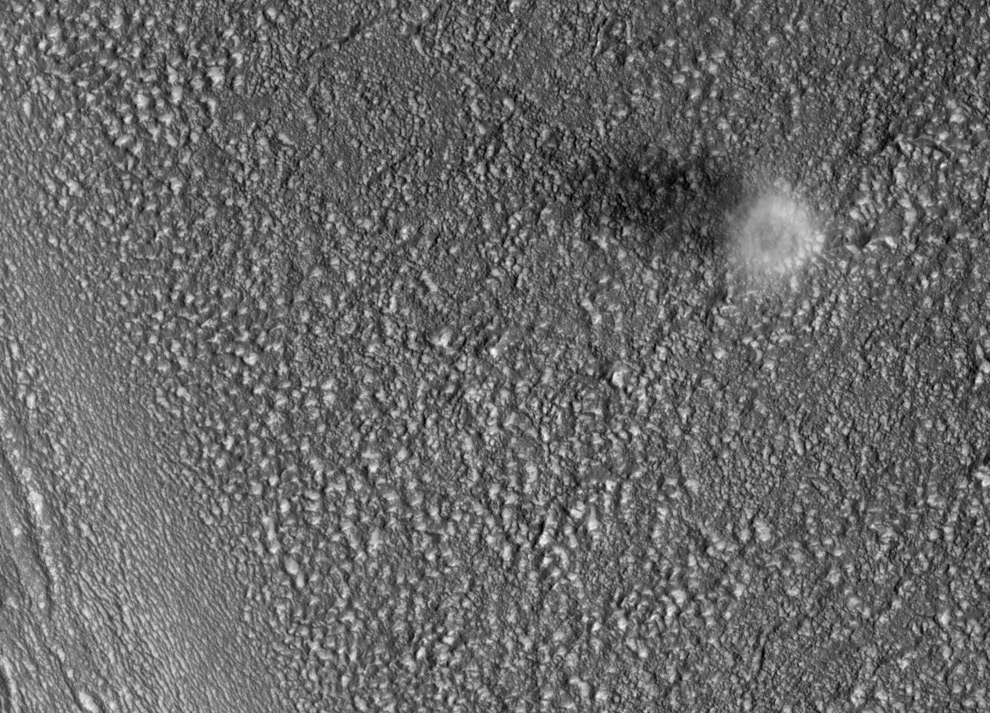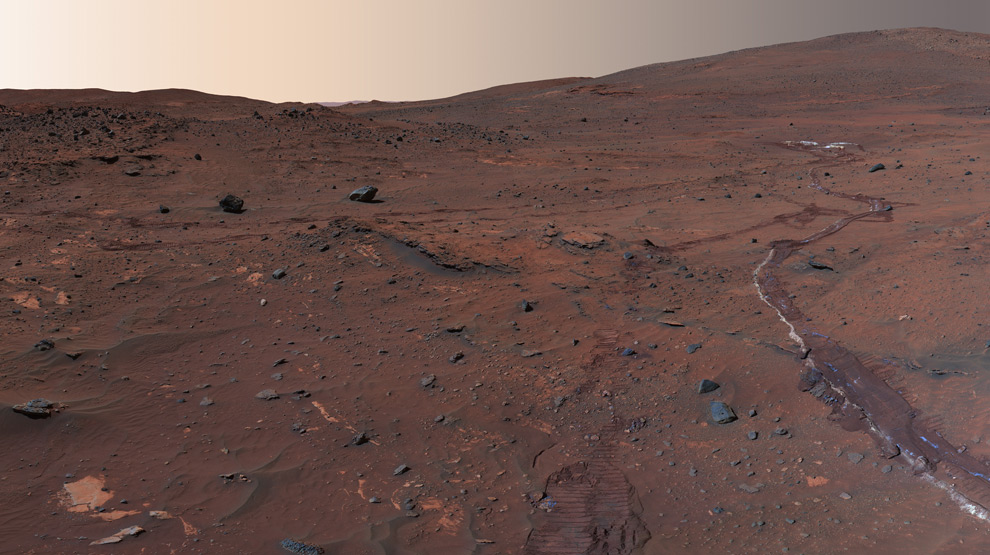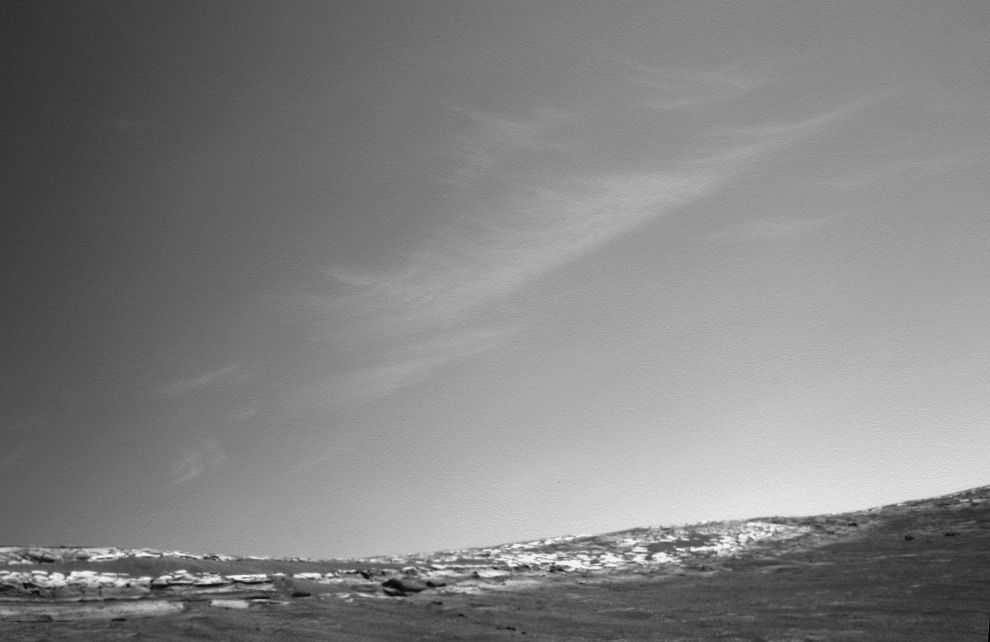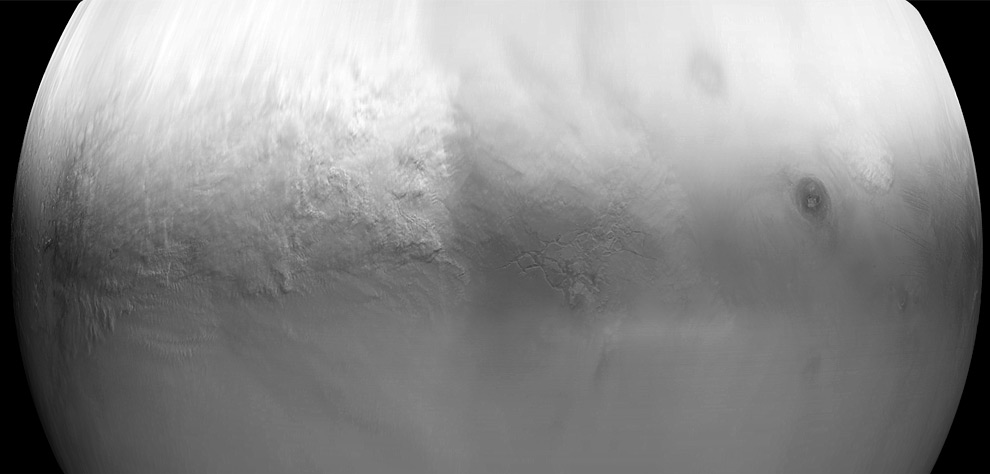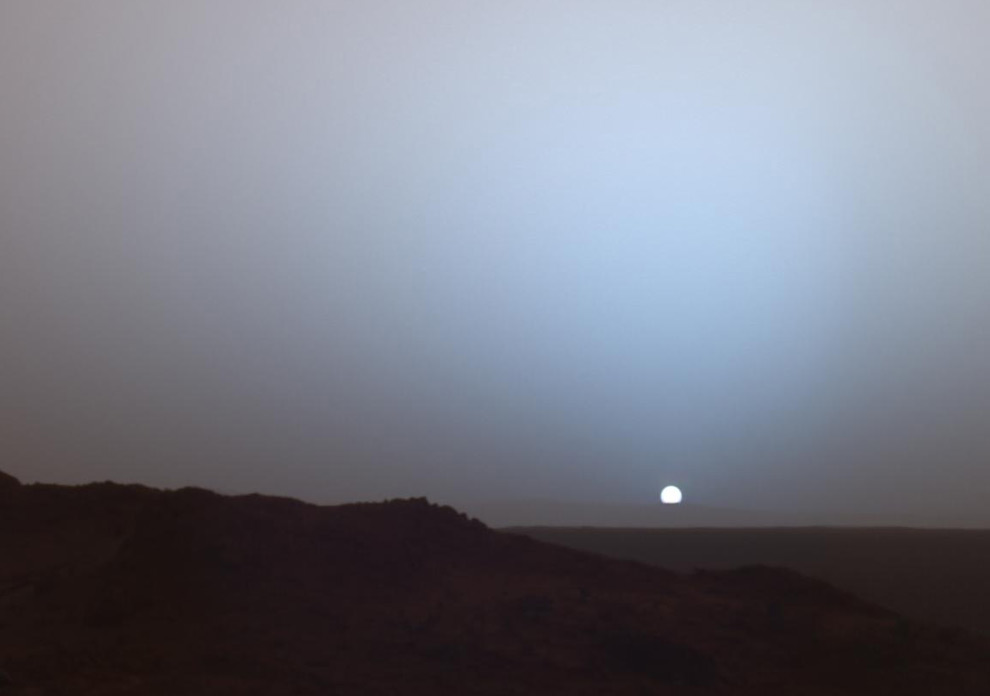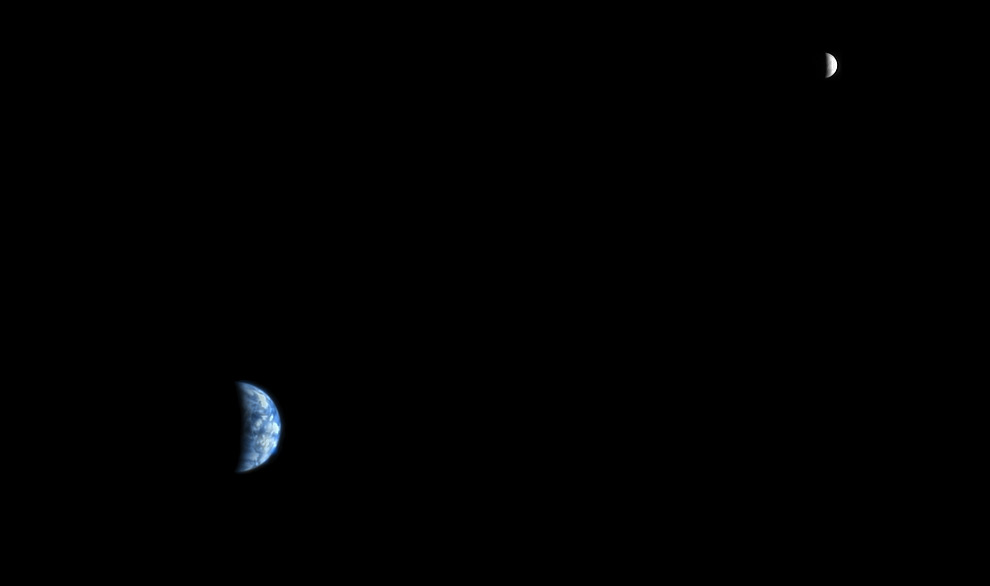Awesome Close-Ups of the Sun
Awesome Close-Ups of the Sun
The sun (not the earth!) is the center of our solar system. Here are some interesting facts of this quintessential planet to live on earth that we so easily take for granted.
* Containing more than 99.8% of the total mass of the Solar System, the Sun is by far the largest object in the Solar System.
* 109 Earths would be required to even fit across the Sun’s disk, and the Sun’s interior could hold over 1.3 million Earths.
* Within the core of the Sun, the temperature (15,000,000 K) and pressure (340 billion times Earth’s air pressure at sea level) of it is so intense that nuclear reactions actually take place.
* The Sun’s energy output, produced by these nuclear fusion reactions, is approximately 3.86e33 ergs/second or 386 billion billion megawatts.
* This energy, released as heat as well as light, takes a million years to reach the surface.
* The Sun also emits low density streams of particles, also known as the solar wind. These winds blow through the solar system at 450 km/sec and consist mostly of electrons and protons.
* The Sun consists of the core, photosphere, chromosphere and corona, each with differing temperatures and components.
* Existing for about 4 and a half billion years, it has burnt up about half of the hydrogen in its core. This leaves the Sun’s life expectancy to 5 billion more years, at which time, the Sun’s elements will “swell” up, swallow Earth, and eventually die off into a small white dwarf.








The sun (not the earth!) is the center of our solar system. Here are some interesting facts of this quintessential planet to live on earth that we so easily take for granted.
* Containing more than 99.8% of the total mass of the Solar System, the Sun is by far the largest object in the Solar System.
* 109 Earths would be required to even fit across the Sun’s disk, and the Sun’s interior could hold over 1.3 million Earths.
* Within the core of the Sun, the temperature (15,000,000 K) and pressure (340 billion times Earth’s air pressure at sea level) of it is so intense that nuclear reactions actually take place.
* The Sun’s energy output, produced by these nuclear fusion reactions, is approximately 3.86e33 ergs/second or 386 billion billion megawatts.
* This energy, released as heat as well as light, takes a million years to reach the surface.
* The Sun also emits low density streams of particles, also known as the solar wind. These winds blow through the solar system at 450 km/sec and consist mostly of electrons and protons.
* The Sun consists of the core, photosphere, chromosphere and corona, each with differing temperatures and components.
* Existing for about 4 and a half billion years, it has burnt up about half of the hydrogen in its core. This leaves the Sun’s life expectancy to 5 billion more years, at which time, the Sun’s elements will “swell” up, swallow Earth, and eventually die off into a small white dwarf.










